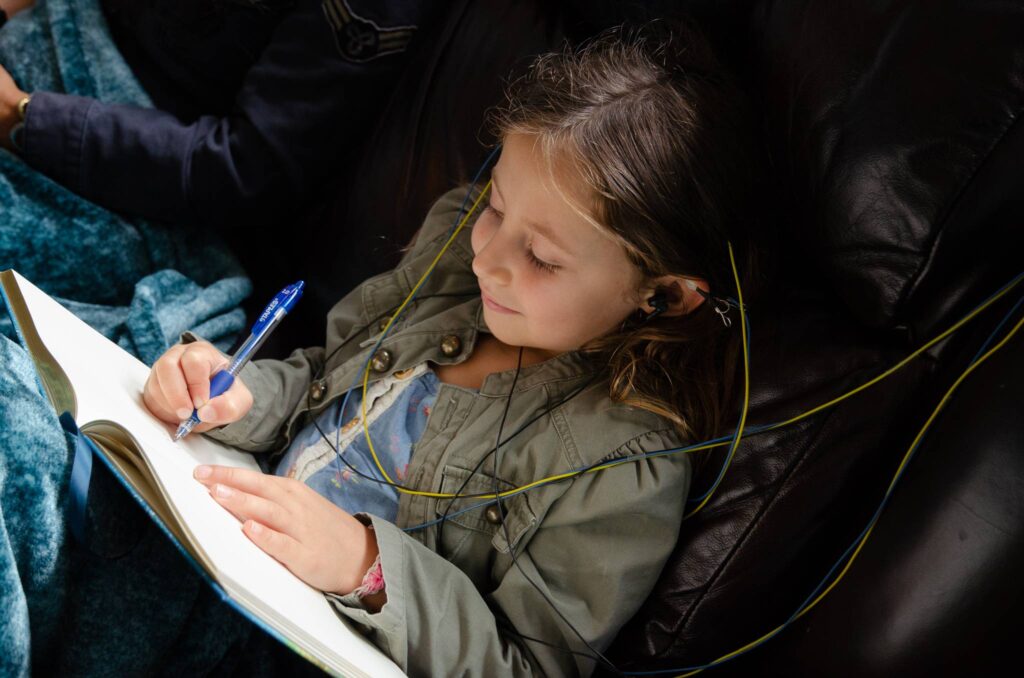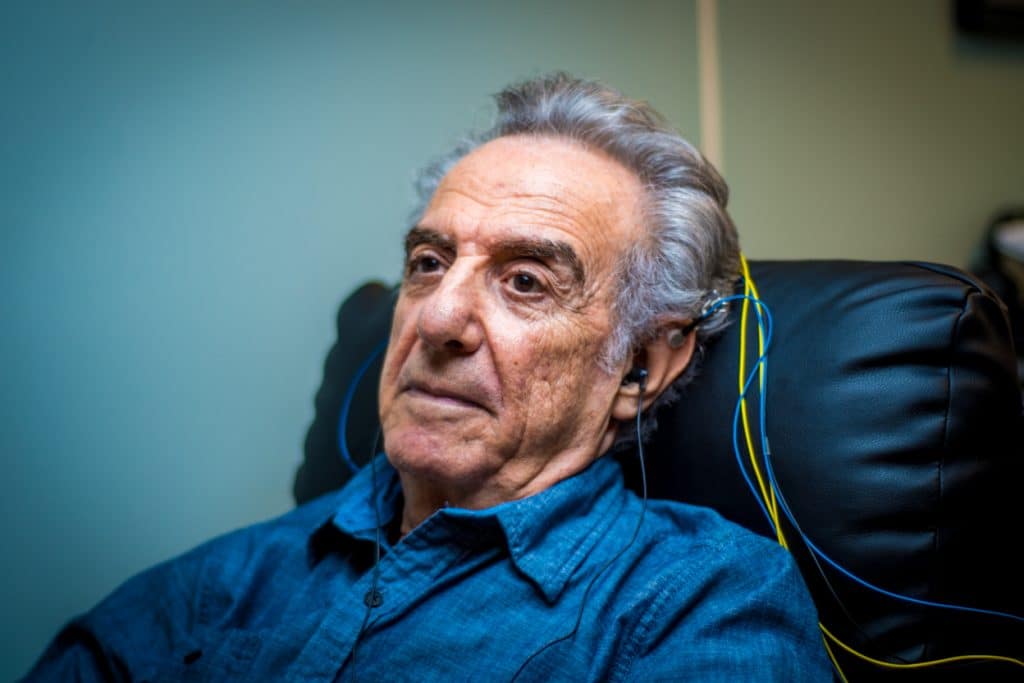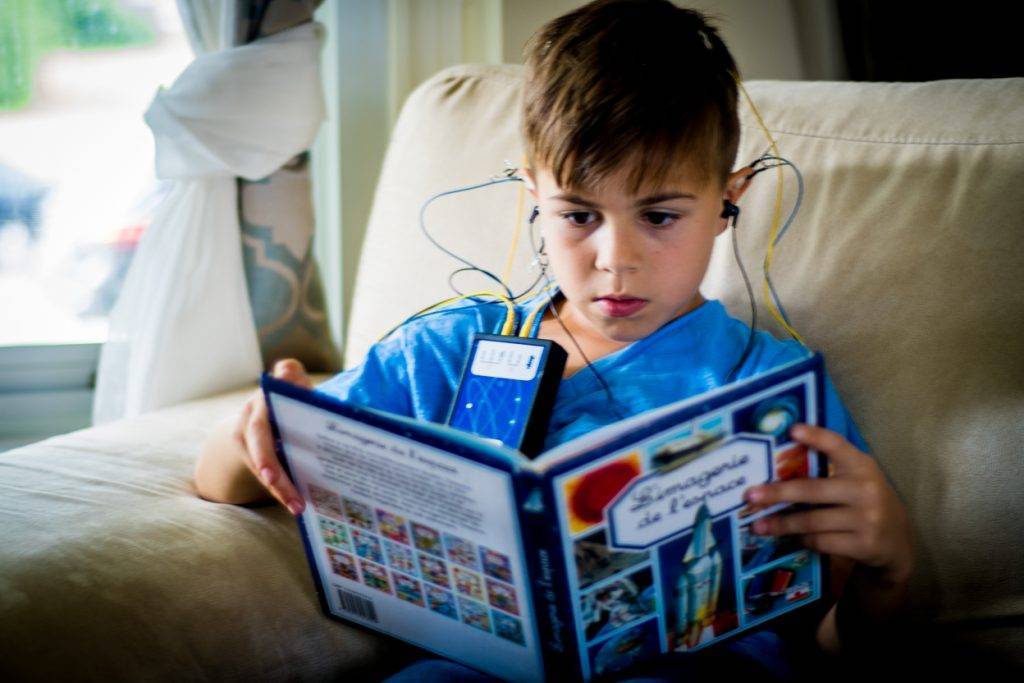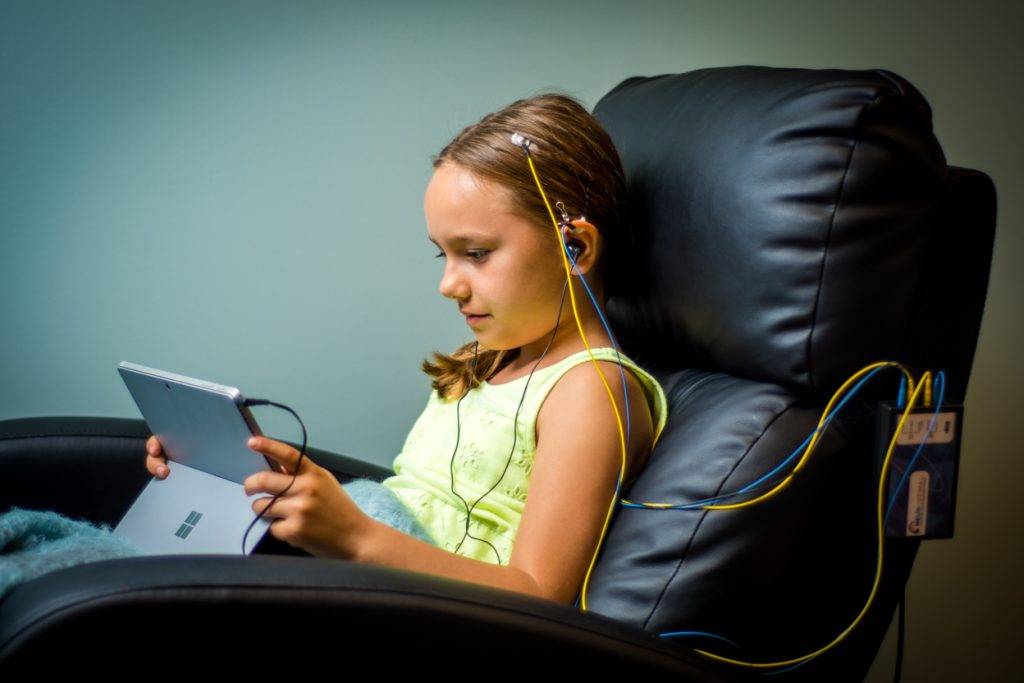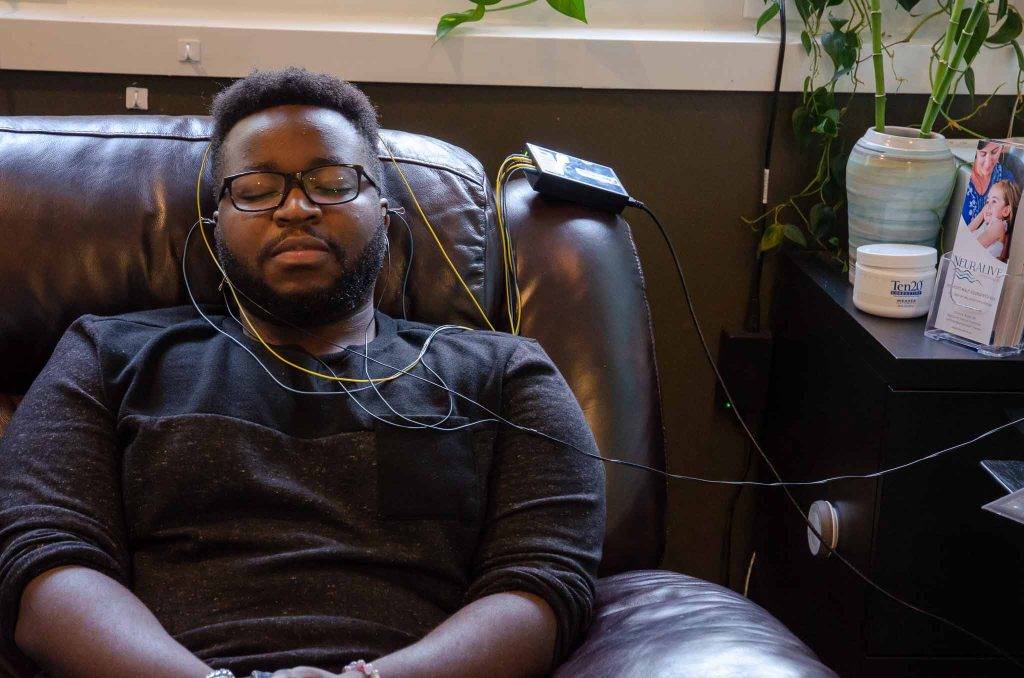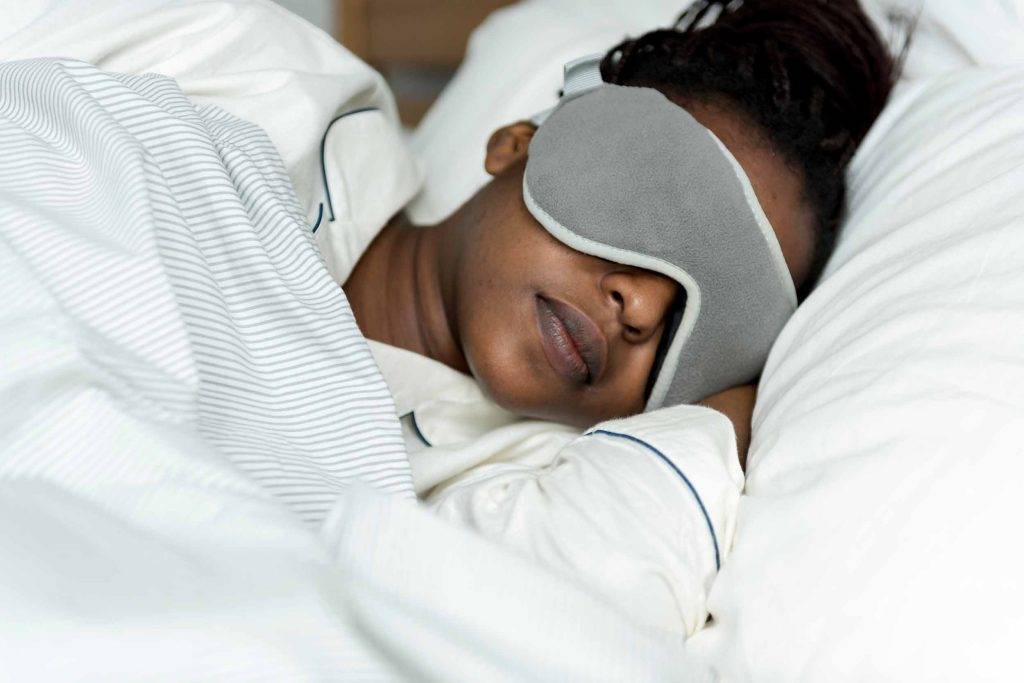Relieve the Anxiety
Reduced Symptoms, Reduced Stress
Neurofeedback brain-training helps to relieve the anxiety underlying obsessive and compulsive thoughts and behaviours, thereby reducing their intensity and frequency and the stress associated with them. It’s especially powerful in conjunction with CBT.
Although NeurOptimal® does not directly treat specific issues, it is a tool that helps alleviate symptoms associated with these and other conditions by improving the overall functioning of the central nervous system.


Testimonials
NeurOptimal® Trainers Around the World
Research
QEEG-Guided Neurofeedback in the Treatment of Obsessive Compulsive Disorder
A 2003 study published in the Journal of Neurotherapy that observed the improvement of two patients diagnosed with OCD after achieving 50 brain-training sessions. A follow-up test was conducted after 15 & 13 months of intervention and both patients maintained their improvements.
Corydon Hammond, PhD
Neurofeedback and Counselling as Integrative Treatment
This research, published in the Asia Pacific Journal of Neurotherapy in 2020, illustrated the effectiveness of using neurofeedback brain-training and counselling for insomnia, anxiety, OCD and depression. A patient diagnosed with OCD experienced decreased symptoms after 11 brain-training sessions and two months of weekly counselling.
See Ching Mey
Articles
Battling OCD in Real-Time: Live Brain Imaging Helps Patients Attack Anxiety at the Source
Before and approximately half a week after their neurofeedback sessions, each subject’s anxiety responses were assessed. The neurofeedback group showed a lessening of anxiety, but the control group did not. Following the treatment, neurofeedback subjects also demonstrated an improved ability to regulate their OFCs compared to the control group.
The OCD Loop: What May Go Wrong?
Neurotherapy can help lessen the intrusive thoughts and uncontrolled behaviours associated with OCD by targeting the loop involving three different parts of the brain; Frontal lobe, Striatum, and Thalamus.




